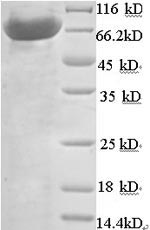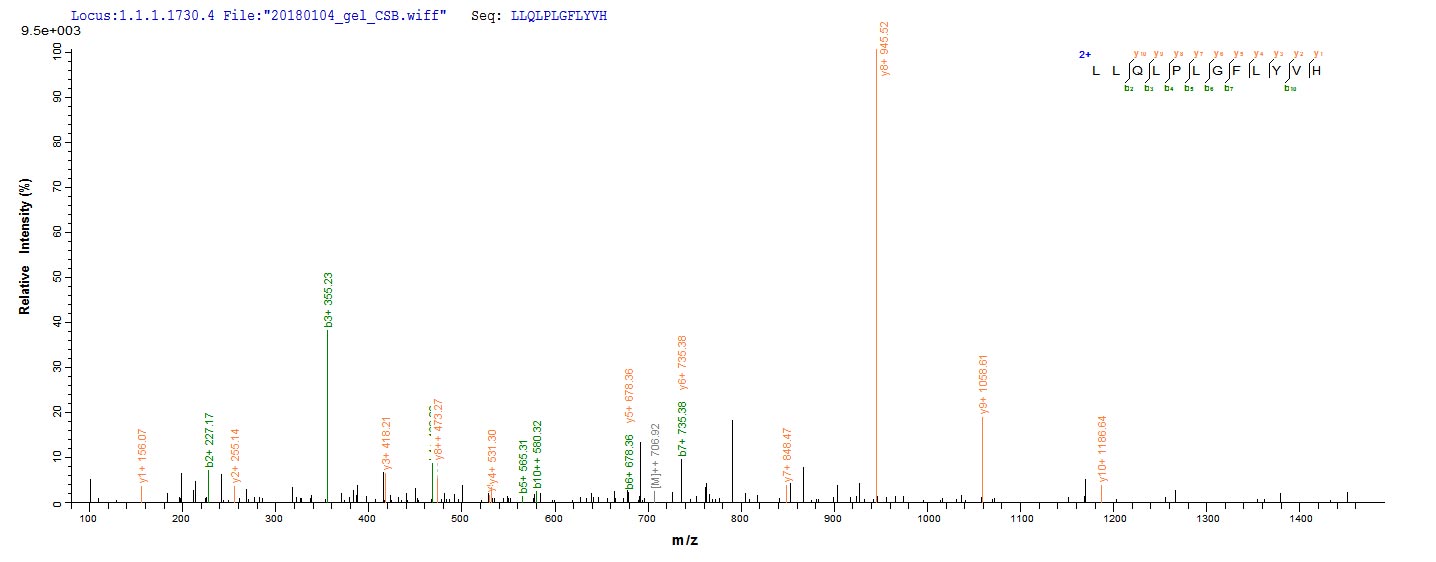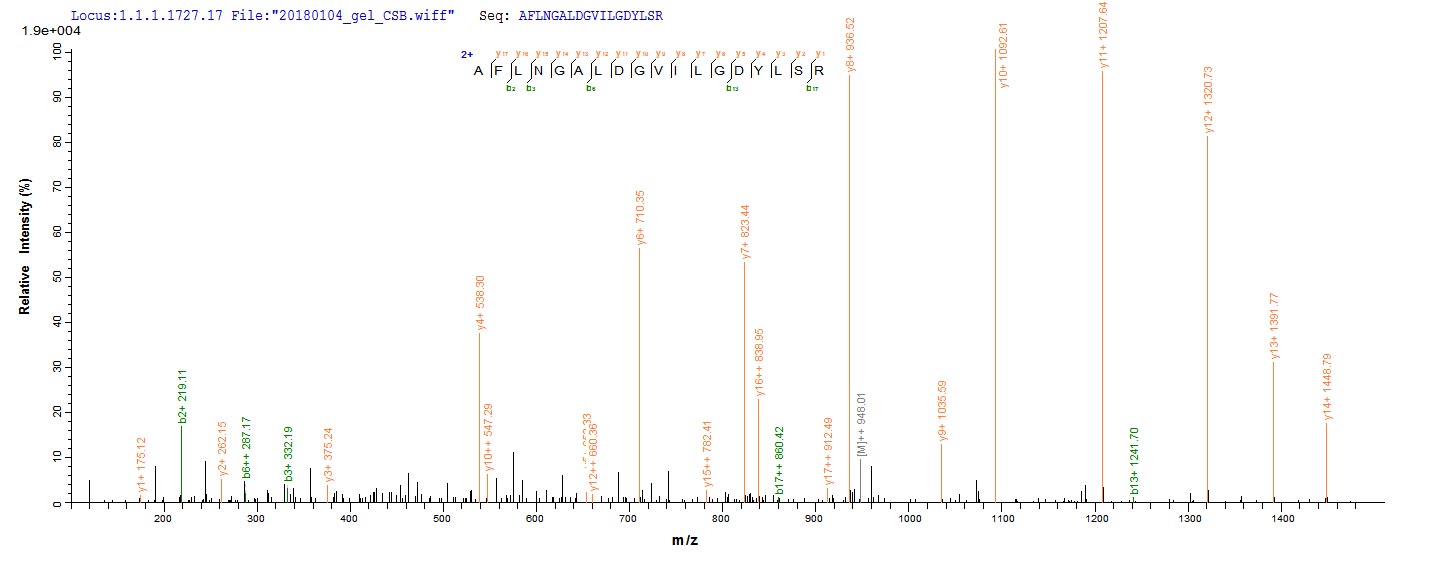This recombinant Human PGLYRP2 protein is an E.coli expressed protein (Full Length of Mature Protein) with N-terminal 6xHis-SUMO tag and its purity is 90%+ determined by SDS-PAGE. With the appropriate cDNA and PCR methods, PGLYRP2 expression plasmids can be rapidly produced. which must undergo denaturation and folding cycle, can be recovered with more modest yields. Hence, using small-scale fermentations and laboratory-scale processing equipment, PGLYRP2 proteins (or subdomains thereof) can usually be produced in sufficient quantities to initiate most studies including detailed structural determinations.which must undergo denaturation and folding cycle, can be recovered with more modest yields. Hence, using small-scale fermentations and laboratory-scale processing equipment, PGLYRP2 proteins (or subdomains thereof) can usually be produced in sufficient quantities to initiate most studies including detailed structural determinations.
PGLYRP2 is a pattern recognition receptor in the innate immune system that binds, hydrolyzes, and neutralizes proinflammatory bacterial peptidoglycans (PGN). PGLYRP2 is constitutively expressed in the liver and then is released into the blood, where it contributes to regulating the inflammatory response. Expression of PGLYRP2 is induced by bacteria and cytokines in the skin and in epithelial cells. Involvement of PGLYRP2 has been reported in tumor development, immune response in the tumor microenvironment, infectious diseases, inflammatory responses, and brain development.








